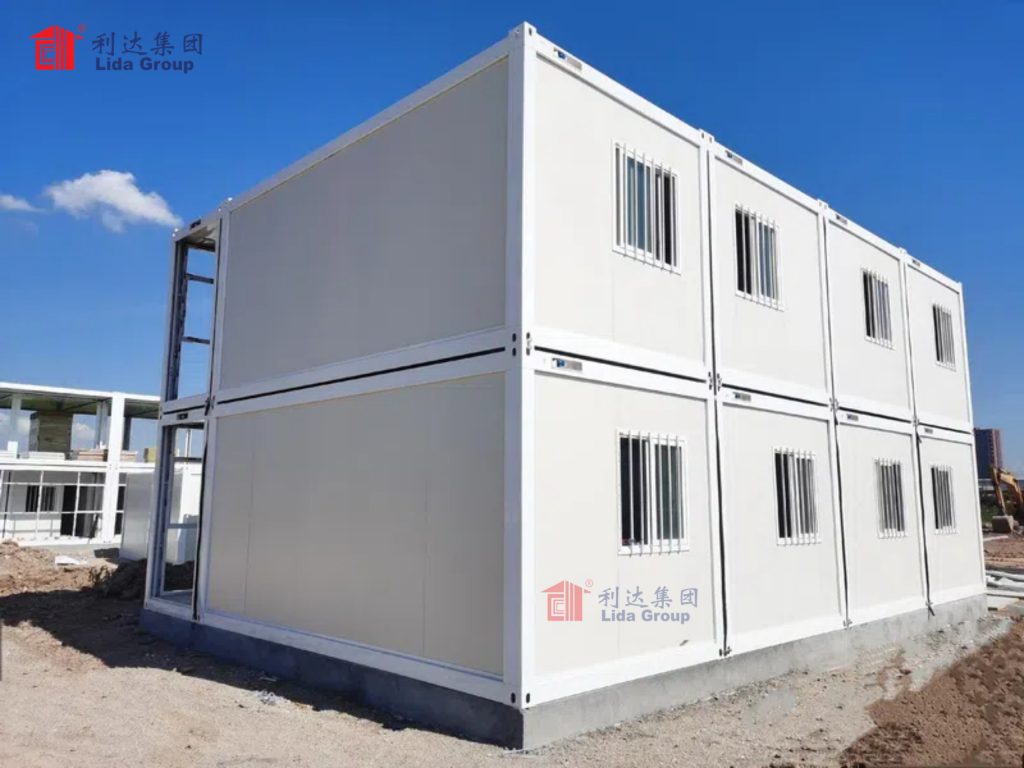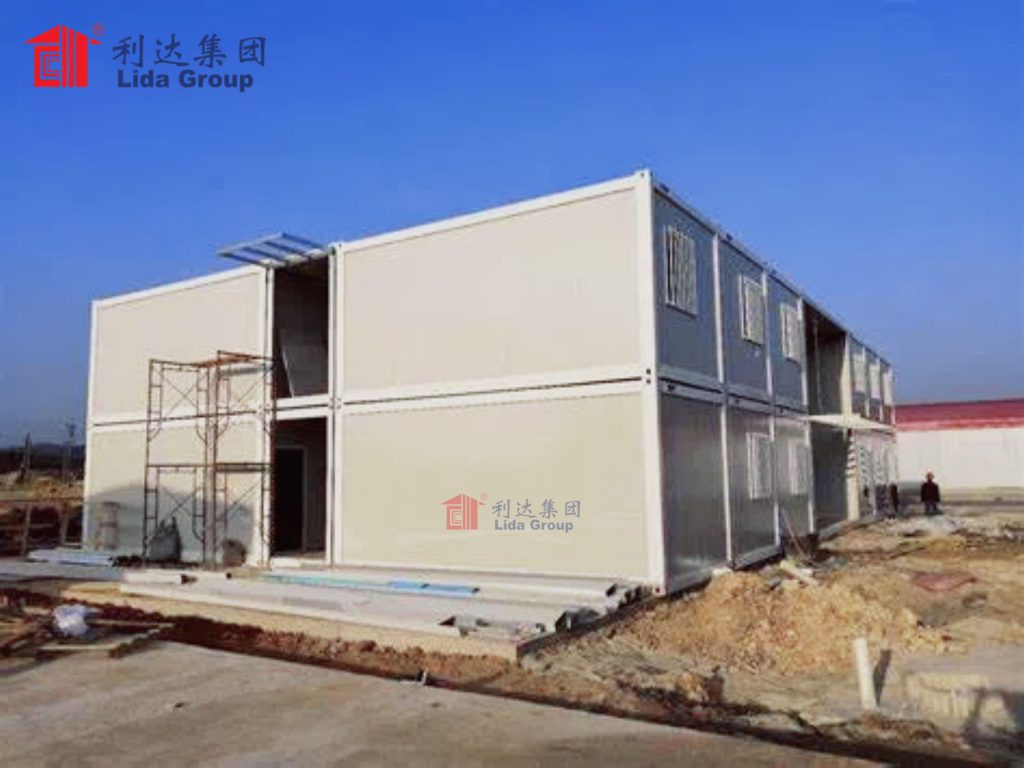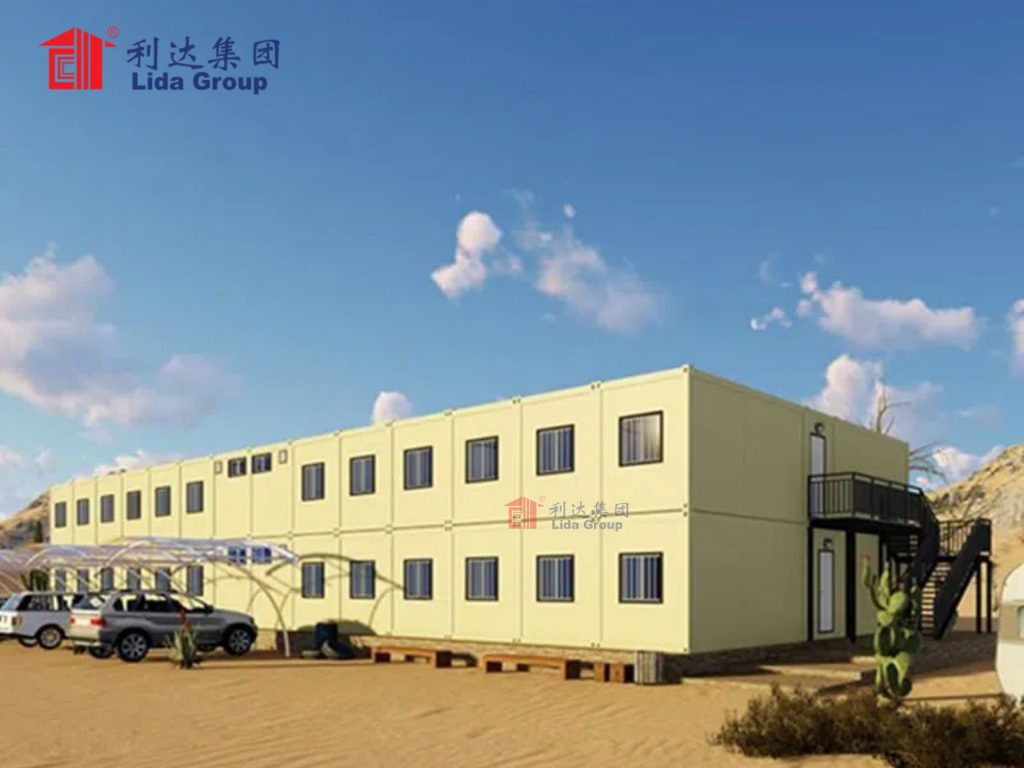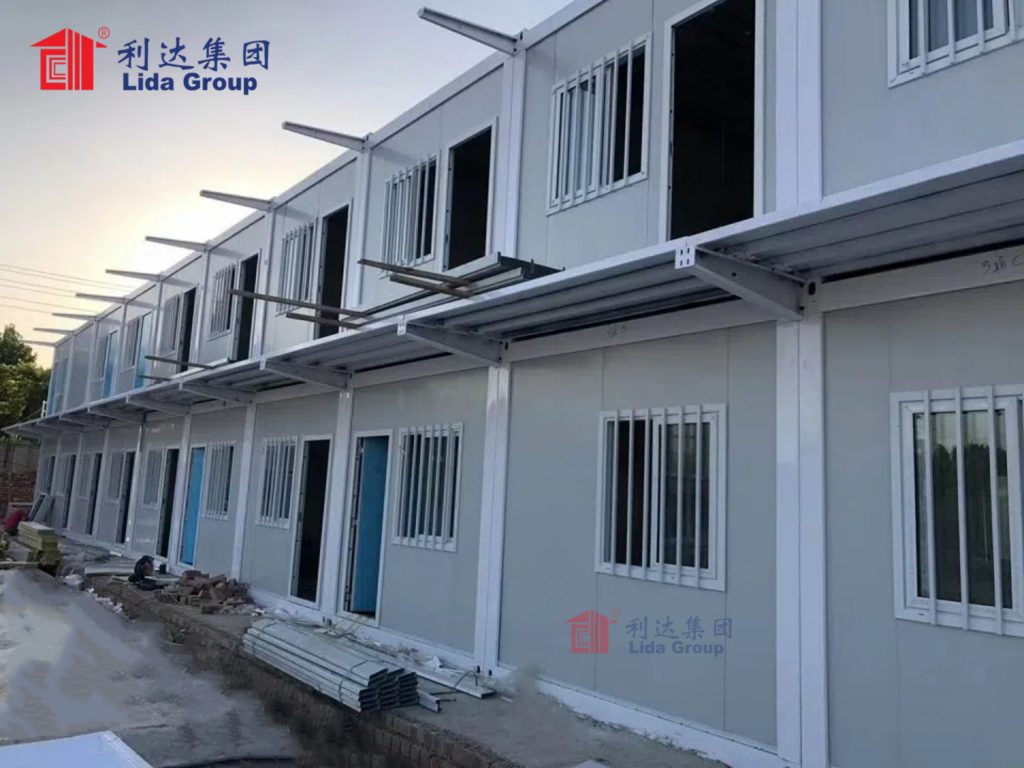**Introduction**
In recent years, the concept of repurposing shipping containers into living spaces has gained significant traction. What was once considered a niche trend has now evolved into a mainstream movement, driven by the growing demand for sustainable, affordable, and innovative housing solutions. Shipping containers, with their robust steel structures and modular design, offer a unique opportunity to create functional, stylish, and eco-friendly living spaces. However, transforming these dull steel boxes into comfortable homes requires careful planning, creativity, and attention to detail.
This article explores the process of repurposing shipping containers into unique living spaces. It provides practical tips, design ideas, and considerations for anyone looking to embark on this exciting journey. From initial planning to final touches, we will cover everything you need to know to turn a shipping container into a dream home.
—
**Why Repurpose Shipping Containers?**
Before diving into the how-to, it’s essential to understand why shipping containers have become such a popular choice for alternative housing. Here are some of the key reasons:
1. **Sustainability**: Repurposing shipping containers reduces waste and promotes recycling. Instead of letting these steel boxes sit idle or end up in scrapyards, they can be given a new life as functional living spaces.
2. **Affordability**: Compared to traditional construction methods, using shipping containers can be more cost-effective. The basic structure is already in place, reducing the need for extensive framing and foundation work.
3. **Durability**: Shipping containers are designed to withstand harsh conditions, including extreme weather and heavy loads. This makes them an excellent choice for durable and long-lasting homes.
4. **Modularity**: Containers are inherently modular, allowing for easy expansion and customization. They can be stacked, combined, or modified to create unique layouts and designs.
5. **Speed of Construction**: With the main structure already in place, the construction process can be significantly faster than traditional building methods.

**Step 1: Planning and Design**
The first step in repurposing a shipping container is thorough planning and design. This stage is crucial as it sets the foundation for the entire project.
### **1.1 Define Your Goals**
Before starting, clearly define the purpose of your container home. Are you looking for a primary residence, a vacation home, a guest house, or a commercial space? Understanding your goals will help guide the design and layout.
### **1.2 Choose the Right Container**
Shipping containers come in various sizes, typically 20 feet or 40 feet in length. Consider the following factors when selecting a container:
– **Condition**: New or used? Used containers are more affordable but may require more repairs.
– **Size**: Ensure the container size meets your spatial requirements.
– **Modifications**: Some containers come with pre-cut doors and windows, which can save time and effort.
### **1.3 Create a Layout**
Sketch out a floor plan that maximizes the use of space. Consider the placement of rooms, windows, doors, and utilities. Think about how the container will be oriented on your property to take advantage of natural light and views.
### **1.4 Obtain Permits**
Check local building codes and regulations to ensure your project complies with zoning laws, safety standards, and environmental requirements. Obtaining the necessary permits before starting construction can save you from costly legal issues later.
—
**Step 2: Preparing the Container**
Once you have a plan in place, the next step is to prepare the container for transformation.
### **2.1 Inspect and Clean**
Thoroughly inspect the container for any damage, rust, or structural issues. Clean the interior and exterior to remove dirt, grease, and any hazardous materials.
### **2.2 Reinforce the Structure**
While shipping containers are durable, modifications such as cutting windows or doors can weaken the structure. Reinforce the container with steel beams or frames to maintain its integrity.
### **2.3 Insulate**
Proper insulation is crucial for creating a comfortable living environment. Consider using spray foam, rigid foam boards, or eco-friendly materials like sheep’s wool. Insulation helps regulate temperature and reduces energy costs.
### **2.4 Install Utilities**
Plan for the installation of electrical wiring, plumbing, and HVAC systems. Work with professionals to ensure these systems are safely and efficiently integrated into the container.
—
**Step 3: Designing the Interior**
The interior design of a container home is where creativity truly shines. Here are some tips to make the most of the space:
**3.1 Maximize Space**
Shipping containers have limited square footage, so every inch counts. Use multi-functional furniture, such as foldable tables, Murphy beds, and built-in storage. Consider loft spaces or mezzanines to add extra room.
### **3.2 Choose a Color Scheme**
Light colors can make the space feel larger and more open. Use a neutral palette with pops of color to create a modern and inviting atmosphere.
### **3.3 Incorporate Natural Light**
Large windows, skylights, and glass doors can flood the interior with natural light, making the space feel more expansive. Position windows strategically to capture views and enhance ventilation.
### **3.4 Add Personal Touches**
Incorporate elements that reflect your personality and style. This could include artwork, plants, or unique decor items. Personal touches make the space feel like home.
—
**Step 4: Exterior Design and Landscaping**
The exterior of your container home is just as important as the interior. Here are some ideas to enhance the curb appeal:
### **4.1 Choose an Exterior Finish**
Consider painting the container with weather-resistant paint or adding cladding materials like wood, metal, or stone. This not only improves aesthetics but also provides additional insulation and protection.
### **4.2 Create Outdoor Living Spaces**
Extend your living space outdoors with decks, patios, or rooftop gardens. These areas can serve as additional relaxation or entertainment spaces.
### **4.3 Landscaping**
Integrate the container home into its surroundings with thoughtful landscaping. Use native plants, pathways, and lighting to create a cohesive and inviting environment.
—
**Step 5: Sustainability and Eco-Friendly Features**
One of the main advantages of container homes is their potential for sustainability. Here are some eco-friendly features to consider:
### **5.1 Solar Panels**
Install solar panels to generate renewable energy and reduce reliance on the grid. This is especially beneficial for off-grid living.
### **5.2 Rainwater Harvesting**
Collect and store rainwater for irrigation or non-potable uses. This reduces water consumption and promotes self-sufficiency.
### **5.3 Green Roof**
A green roof, covered with vegetation, provides insulation, reduces stormwater runoff, and enhances biodiversity.
### **5.4 Energy-Efficient Appliances**
Choose energy-efficient appliances and lighting to minimize energy consumption and lower utility bills.

**Step 6: Overcoming Challenges**
While repurposing shipping containers offers many benefits, it also comes with challenges. Here are some common issues and how to address them:
### **6.1 Condensation**
Shipping containers are prone to condensation, which can lead to mold and rust. Proper insulation and ventilation are key to preventing this issue.
### **6.2 Limited Space**
The narrow and long shape of containers can make space planning challenging. Creative design solutions, such as open floor plans and multi-functional furniture, can help maximize space.
### **6.3 Building Codes**
Navigating building codes and regulations can be complex. Work with architects and contractors who have experience with container homes to ensure compliance.
### **6.4 Transportation and Placement**
Moving and placing a shipping container requires heavy equipment and careful planning. Consider the logistics of transporting the container to your site and positioning it correctly.
—
**Case Studies: Inspiring Container Home Projects**
To inspire your own project, here are a few examples of innovative container homes:
### **Case Study 1: Urban Container Home**
In a bustling city, a 40-foot shipping container was transformed into a sleek, modern home. The design features large glass doors, a rooftop garden, and an open floor plan that maximizes natural light and space.
### **Case Study 2: Off-Grid Retreat**
In a remote location, multiple containers were combined to create an off-grid retreat. The home includes solar panels, a rainwater harvesting system, and a green roof, making it entirely self-sufficient.
### **Case Study 3: Container Office**
A 20-foot container was converted into a stylish home office. The compact space includes a desk, storage, and a small seating area, proving that containers can be used for more than just living spaces.

**Conclusion**
Repurposing shipping containers into unique living spaces is an innovative and sustainable approach to modern housing. With careful planning, creative design, and attention to detail, these dull steel boxes can be transformed into functional, stylish, and eco-friendly homes.
From defining your goals and choosing the right container to designing the interior and exterior, each step of the process offers opportunities for creativity and customization. By incorporating sustainable features and overcoming common challenges, you can create a container home that is not only unique but also aligned with your values and lifestyle.
As the demand for affordable and sustainable housing continues to grow, shipping container homes represent a promising solution. Whether you’re looking for a primary residence, a vacation home, or a commercial space, the possibilities are endless. With the right approach, you can turn a simple shipping container into a dream home that reflects your personality and meets your needs.
In conclusion, repurposing shipping containers is more than just a trend; it’s a movement towards a more sustainable and innovative future. By embracing this concept, you can contribute to a greener planet while enjoying the benefits of a unique and personalized living space.

Related news
-
With Lida Group's Container Prefab House, Achieve Instant Infrastructure in Areas Affected by Natural Disasters.
2025-03-10 16:59:20
-
Lida Group's Low Cost Worker Dormitories Offer Unmatched Safety and Comfort through Advanced Fireproof and Waterproof Technologies
2025-03-14 14:12:11
-
Exploring the Future of Construction: Lida Group's Steel Structure Building Technologies Transform City Skylines.
2025-03-04 14:54:14
contact us
- Tel: +86-532-88966982
- Whatsapp: +86-13793209022
- E-mail: sales@lidajituan.com



